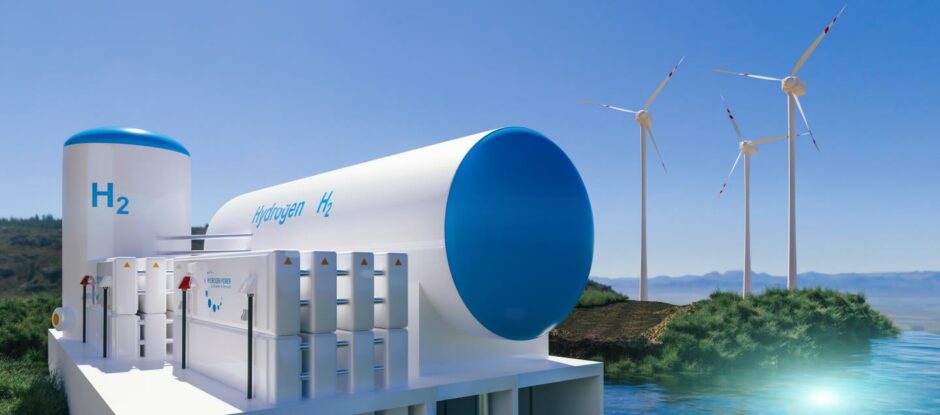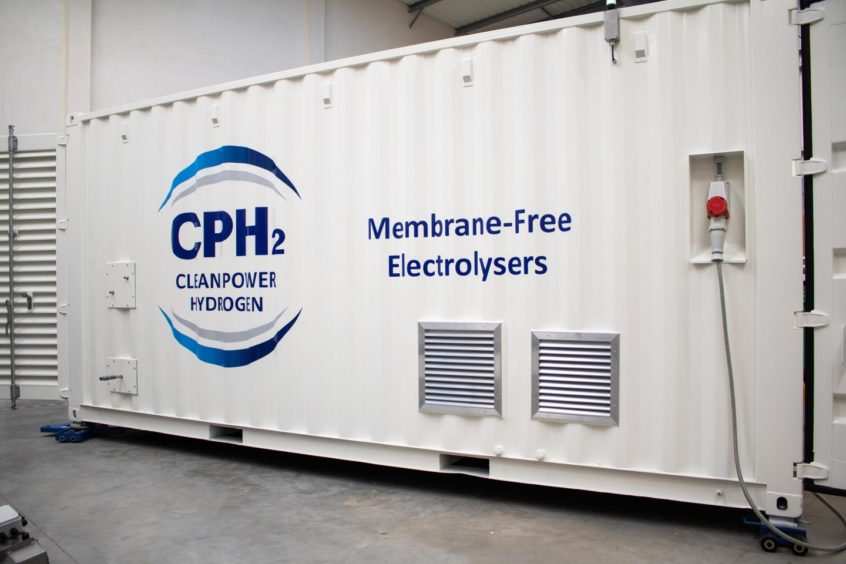
A “bare minimum” of £458 billion of investment and policy support will be needed by 2050 to get the global hydrogen market up and running.
That is according to the latest hydrogen strategic planning outlook report by Wood Mackenzie, a Verisk business.
Flor Lucia De la Cruz, senior research analyst at the research company, said: “Substantial investments are required to accommodate the anticipated growth for the global low-carbon hydrogen market up to 2050.
“Developers will need to invest at least US$600 billion by 2050, and consumers will be required to commit to off-take hydrogen not yet contracted. The opportunity is huge.”
As electrolyser capital expenditure falls by up to 65% in the next decade, green hydrogen at less than $2 a kilogram will be achievable by 2040, according to Wood Mackenzie.
Hydrogen demand will also grow exponentially, from below 1 million tonnes (Mt) today to 223Mt by 2050.
At first it will be driven by ammonia, which will make up 48% of demand by 2025.
But by 2036 power demand will overtake, making power the primary demand sector to 2050 with 31%.
Ms De la Cruz added: “Energy security and net zero commitments will drive hydrogen demand in many sectors such as power, steel, shipping and aviation.”
Hydrogen co-fired as ammonia in coal plants with traditional fossil-fuelled power is forecast to drive demand in power up to 9Mt by 2030.
Post 2030, Wood Mackenzie expects to see hydrogen co-fired with natural gas ramped up in Europe, bringing the total power demand to 63Mt by 2050.
In terms of hydrogen supply, it’s expected the market will see a new wave of project announcements, with 50 million tonnes per annum (Mpta) of hydrogen capacity already announced to date.
The total is tipped to reach approximately 80Mtpa this year, according to the Wood Mackenzie report.
Bridget van Dorsten, research analyst at Wood Mackenzie, said: “Green hydrogen is expected to dominate the pipeline, with Australia leading in green hydrogen supply, holding 47% of supply by 2029. Post-2030, we expect to see supply quickly ramp up worldwide, and China becomes the largest supplier in the late 2040s.”
Recommended for you


 © Supplied by CPH2
© Supplied by CPH2